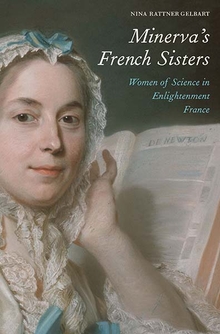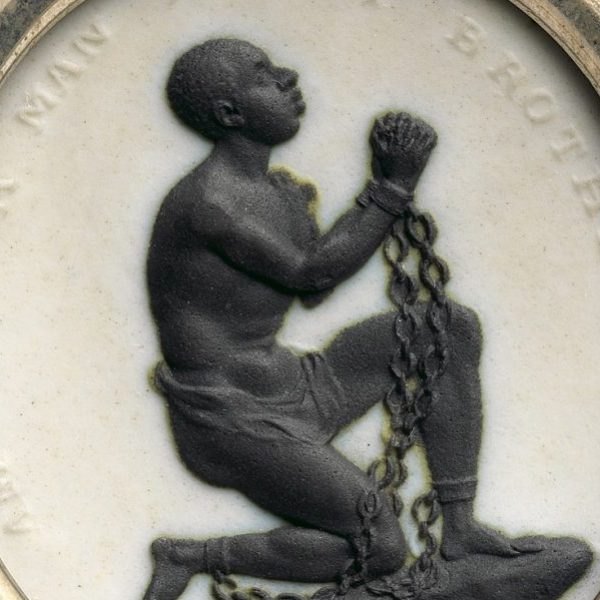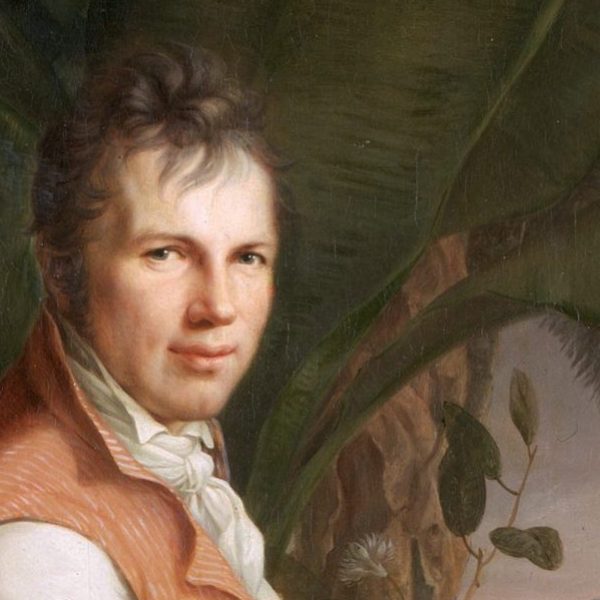Feminist Biography
Nina Rattner Gelbart—
Biography is a curious genre, morphing over time, and writing about the lives of other individuals goes back to antiquity. Plutarch and Suetonius, both working from the first into the second centuries of the common era, were masters of the form. Plutarch wrote parallel studies of pairs, one Greek, one Roman, and was particularly interested in the character of his subjects. He compared Alexander the Great to Julius Caesar, Demosthenes to Cicero. He even explored mythic figures of those two ancient cultures, pairing Theseus with Romulus. Plutarch filled his stories with oft-repeated anecdotes because facts were not always easy to come by and much uncertainty remained as he wove his tales together. Suetonius wrote Lives of the Caesars, in which he described twelve successive leaders of Rome. His descriptions were quite formulaic, containing comments on each one’s appearance, various omens pertaining to that man’s fate, the history of his family, famous sayings of his, and then a chronological narrative of his reign. During the Renaissance Vasari did something similar in his Lives of the Most Eminent Italian Painters, Sculptors and Architects. What these examples had in common was that they were group biographies. But what distinguished Vasari was that he included four female artists in his work, with a brief mention of a fifth. All of those entries are brief, in fact, but it is still truly astonishing that he included women at all.
While Vasari’s choice of appropriate content was innovative, the form he chose was traditional. But what about that form? Is the recreating of the lived experience of a person in words on a page not an act of imagination? What about personal attachment? Is the endeavor objective? Can it be objective? Don’t we necessarily get involved with the person we write about? Isn’t there a great deal of subjectivity even in the very choice of subject? Biographers attempt to be truthful, but what does that really mean? We seek information through scrupulous research, but then we select, we interpret, and we design our story. A biography is not a timeline—timelines themselves are not objective, but that is another matter—but instead a fleshed out rendering of a life being lived. The writer is invested in, pledged to, the project of making the chosen subject come alive on the page. The irreverent novelist Nabokov, an unusually defiant biographer, wrote, “Remember that what you are told is always threefold: shaped by the teller, reshaped by the listener, concealed from both by the dead man of the tale.” This exposure of the layered difficulties when telling the story of another’s life was unusually perceptive. Yet traditional biographies, mostly by men about men, have tended to be narrated by a seemingly omniscient writer detached from his subject.
When women started to write the lives of other women, the form took on a different flavor altogether. In general, there was an attempt to make the biographical genre transparent, to bring to the fore the fact that women were writing about women in order to restore them to their rightful place after centuries, even millennia, of erasure. The writers of lives are never impartial, and female biographers made that crystal clear. No more omniscient voice presenting from on high a neat cradle-to-grave, womb-to-tomb account. Instead, much comes to light not only about the subject, but also about the investigator and her process.
Feminist biographers have been explicit about this complex subjectivity. They have applauded the “deliciously wicked absence of impartiality.” They have deliberately brought the teller back into the frame, and they have railed against the silence of the archives, a silence that continues to engulf women. They have advocated for the personal voice in life writing, the unapologetic presence of the biographer in the biography. They celebrate that lives are untidy, that personal coherence is a myth. They take risks and experiment with narrative, with tenses, bringing candidly into the open that biographies are an intense reciprocal collaboration between the writer and the subject.
I spent more than a decade researching a celebrity midwife in eighteenth-century France. She was charged by two kings, Louis XV and then Louis XVI, to travel throughout the realm teaching the art of childbirth in an effort to diminish, or even arrest, infant mortality. The traces of her life in thirty different provincial archives so caught me up in the immediacy of her adventure that the biography came out in the present tense and in dateline entries rather than the canonical chapters expected in a scholarly monograph. My personal connection bent the conventions of the genre. Other research into the same period, the French Enlightenment, left some of the conventions intact but challenged unquestioned assumptions about what kinds of questions a biographer is allowed to ask, and how she is allowed to ask them. I became so involved with my subjects—six scientific women whose work was admired in their day but subsequently dropped from the historical record—that I wanted to connect with them on a more personal level. I composed letters to them with questions that I was unable to resolve in my research and that I think my readers will also want to ask.
Such experiments with the biographical form enliven it and make it relevant. We have only bits of evidence about women from the past. What has come down to us is serendipitous. We shape the material we find into a story, as accurately as possible but always with big gaps and considerable speculation. It is nonetheless critically important to present examples of women who can influence, motivate, and encourage others today. Theirs are stories of challenges overcome, of obstacles met head-on and conquered, of grit and determination to accomplish significant feats.
Nina Rattner Gelbart is professor of history and Anita Johnson Wand Professor of Women’s Studies at Occidental College. Her previous books include Feminine and Opposition Journalism in Old Regime France: Le Journal des Dames and The King’s Midwife: A History and Mystery of Madame du Coudray.
Further Reading:



























